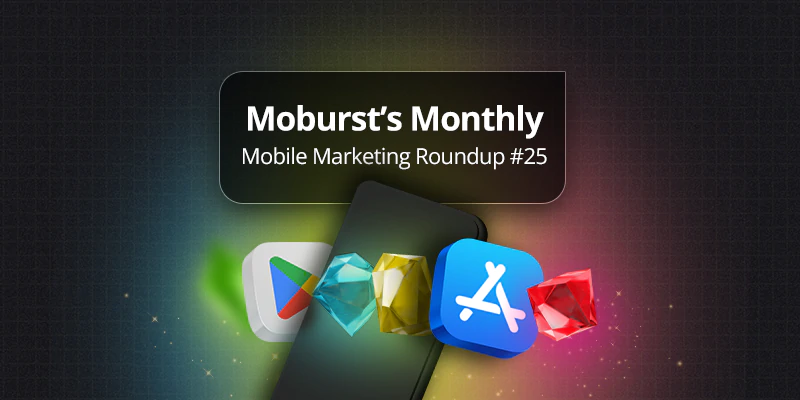Better Text For a Better App, Because In the World of Apps Words Speak Louder than Actions

I’m sure you’ve heard the saying “actions speak louder than words”. While it applies to many walks of life, it certainly does not apply to mobile apps. When it comes to engaging and mobilizing users in the right direction, words should be your secret weapon. Whether it is your App Store’s title and description or the app’s registration process, each sentence should be well-thought out. Every word you choose to include should be there for a reason and carry its own weight. Nobody put it better than George Orwell, who suggested writers ask themselves a few questions before finalizing any piece of text:
- What am I trying to say?
- What words will express it?
- Could I put it more shortly?
I am assuming that for some of you, these rules sound familiar. These are guidelines that every good writer follows and has mastered throughout the years. That’s right, if you want you want a better app that displays impactful text rather than null words, you need a great writer on your team. For those of you who don’t have one, I have assembled bits and pieces of wisdom from legendary writers to help kick your app content-writing up a notch. 
Pinch for instance, has an excellent onboarding process which includes no more than one, well-written sentence at the bottom of each screen.
- “Privacy is key – we will never post or send a message on your behalf”
- “The hottest match you can imagine is right here”
- “Explore – Find a new match, Pinch – Play a game to break the ice and learn more about people who are interested in you, Connect – Chat with your match about the game and many more…”
Within a limited space, the creators of Pinch managed to craft simple sentences that successfully transmit their message to newcomers without overwhelming them. Push Notifications Space limitations also exist in push notifications, a tool most marketers use to boost retention by triggering users to tune back into the app for another positive session. Issuing great push notifications requires impeccable writing skills since they must provoke emotions and curiosity within a limited amount of space. This is where Orwell’s, King’s and Proulx’s rules all become relevant. When writing push notifications be sure to ask yourself: “What am I trying to say? What words should I use?”, and “Can I put it more shortly?” Then, ensure that the text invites the user to use the app (much like King’s opening lines), and finally, edit, rewrite, and rephrase and until you achieve perfection (just like Proulx suggests).
Here are just a few outstanding, action-triggering examples:
- Abercrombie: “We could’ve waited ‘til the weekend… but where’s the fun in that?! A surprise this way…”
- Resy: “In the golden days, by 5 PM on Friday you were screwed if you hadn’t booked dinner. #nostalgia”
- Tablelist: “Facebook botched that whole “year in review” thing. Good thing you can start this year right with Tabelist!”
Who would have thought that writing advice from some of the most legendary writers of the previous century, would apply to one of the most advanced industries of our time. This simply goes to show that great writing is not just a way for influencing masses offline, but also a way of influencing mobile users. If you play the content-writing game right, you might be surprised as to vast positive effects it will have on your users and how they engage with your better app.






